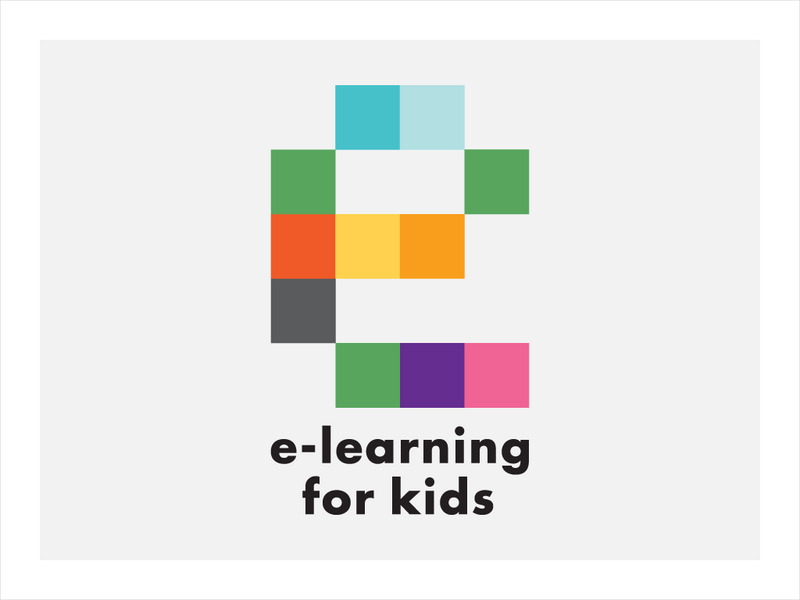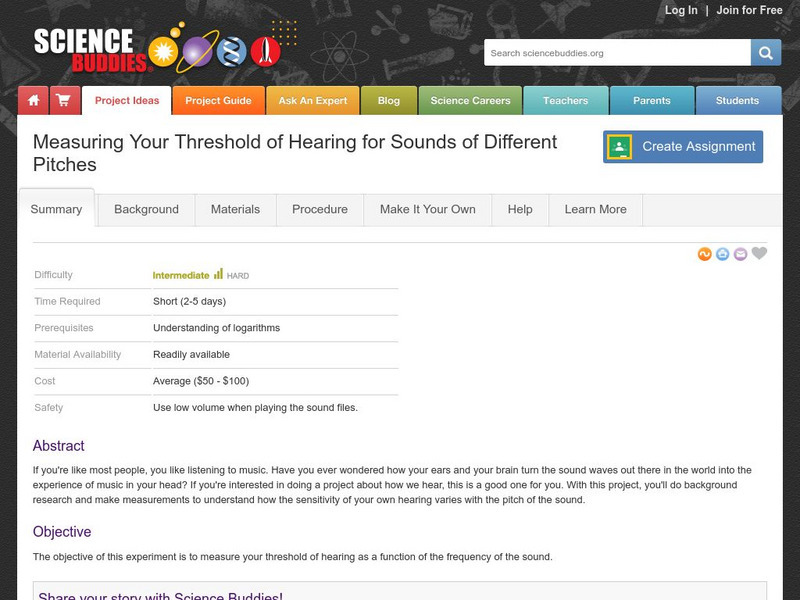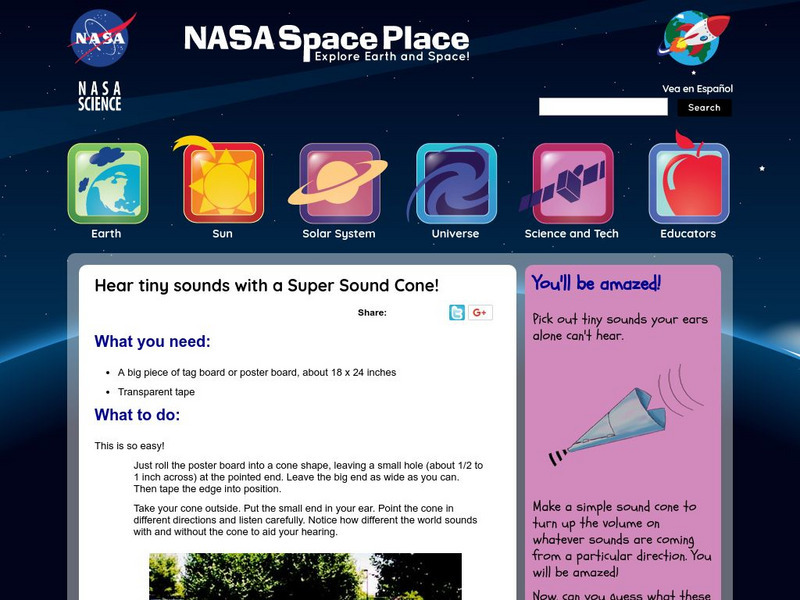Curated OER
Sum + It = Up
Pupils review silent reading techniques as well as summarization. They read copies of "Forest Life" silently and complete a story web to organize the main points of the story. They then use use the points to write a brief paragraph to...
Curated OER
Pronunciation of Intonation Patterns
Students in ESOL classes practice communication skills using voice intonation patterns. Using various patterns, they practice sentences with rising and falling intonations. With partners, students read passages orally with emphasis...
Curated OER
Hyperstudio Solar System Review: Technology, Study Skills
Students use Hyperstudio to review important points before taking a test at the end of a study unit on the solar system. This concept could easily be switched to many different topics.
Curated OER
Contentment
Students examine what brings contentment. They read and discuss a story about success and contentment. After singing a song, students discuss the values related to peace and complete worksheets. Students write values related to peace...
E-learning for Kids
E Learning for Kids: Science: Antarctica: How Can We Hear Sounds?
James lives on Antarctica and loves the unique sounds he hears there. He is curious to know how it is possible that we hear sounds. Join him to help figure this out.
Science Buddies
Science Buddies: Measuring Your Threshold of Hearing
How your ears and your brain turn the sound waves out there in the world into the experience of music in your head, remains a mystery to many, but yet we all experience and even enjoy sounds and music. If you're interested in doing a...
CK-12 Foundation
Ck 12: Physical Science: Hearing and the Ear
[Free Registration/Login may be required to access all resource tools.] Explains how we hear sound, how the ear works, and the different structures of the ear.
E-learning for Kids
E Learning for Kids: Science: Seychelles: How Do We Hear?
This lesson teaches students about how sound vibrations are transmitted through solids, liquids, and gases, and about how materials may absorb sound.
National Institutes of Health
Nidcd: Noise Induced Hearing Loss
This site on Noise-Induced Hearing Loss runs through a variety of topics on the subject and includes a diagram. The topics covered include: How do we hear, What sounds cause NIHL, What are the effects of NIHL, Can NIHL be prevented, What...
Ducksters
Ducksters: Physics for Kids: Sound Pitch and Acoustics
Kids learn more about the science and physics of sound. Pitch, acoustics, and the doppler effect. How the frequency of the sound wave affects the pitch we hear.
National Science Foundation
National Science Foundation: Language and Linguistics
The language we use everyday reveals a great deal about who we are and where we come from. However, did you know that language is linked to psychology, biology, and other sciences? Explore the "science" of language: how the brain...
NASA
Nasa: The Space Place: Have Super Hearing With a Super Sound Cone
This site from NASA provides an interesting approach to the subject. How do messages travel in space and how do we intercept those messages on Earth? Find out the answers as well as find out how NASA's giant dish antennas work.
Alabama Learning Exchange
Alex: Vibrations We Can See, Feel and Hear
This four-part lesson allows students to explore the question of how sounds are made. Using wooden rulers, tongue depressors and tuning forks, students will explore and experience sound. Students will use what they have learned to create...
Creative Science Centre
Creative Science Centre: A Voice on a Sunbeam
Here is described a simple process to 'put a voice on a sunbeam' and transmit it over a distance. It is a fascinating example of amplitude modulation of light using sound vibrations. It then describes how the modulated light is detected...













